Spade Bit Care and Maintenance |
||||
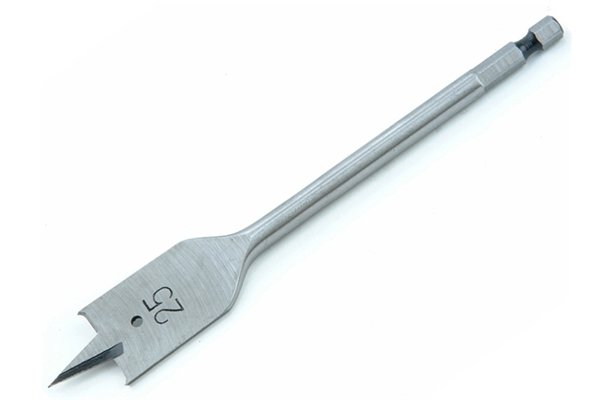 |
Spade bits require very little maintenance, other than regular sharpening. | |||
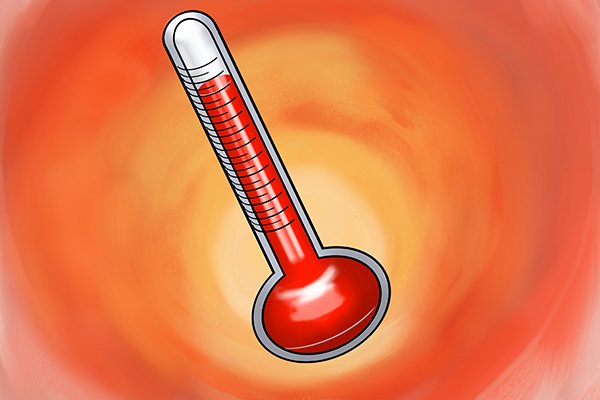 |
Blunt bits can overheat very easily, particularly as this type of bit has no way to remove waste material from the bore hole it creates. If the bit overheats, it can scorch the bore hole, or it can lose its temper, which will render it useless until re-tempered. | |||
 |
You can re-temper steel drill bits yourself (they will need to be uncoated if you are attempting this at home), although spade bits are cheap enough that you should be able to just replace them. | |||
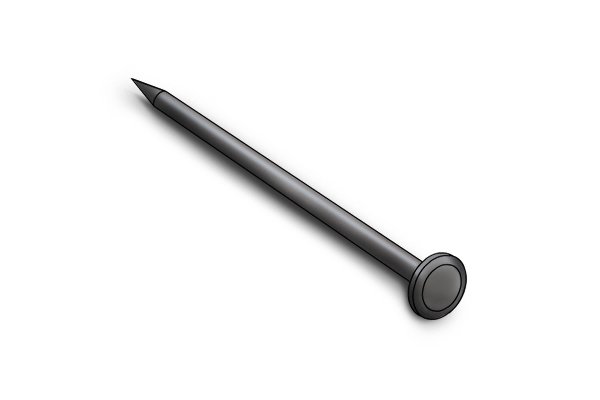 |
NailsIf your spade bit hits a nail, you will need to stop drilling to prevent damage. You will need to remove the nail from your workpiece if possible with pliers or another suitable tool, or find another location to drill (if possible). |
|||
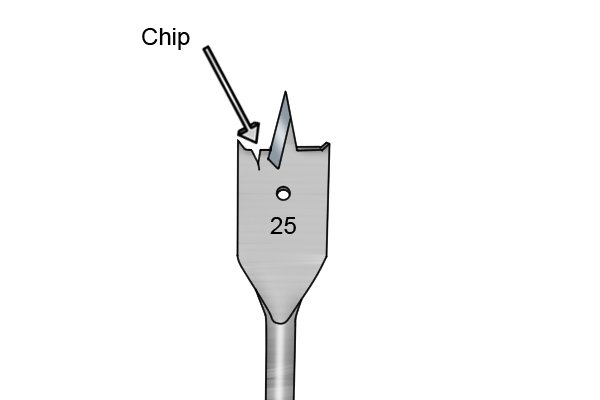 |
If your bit is chipped by a nail, this can be repaired through sharpening.
For more information, see: How to sharpen a spade bit? |
|||
 |
Other materialsIf you use a spade bit on materials other than wood or wood-based laminates, you run the risk both of blunting the bit more rapidly and drilling an extremely messy hole. For a list of materials intended for use with spade bits, see: What is a spade bit used for? |
|||
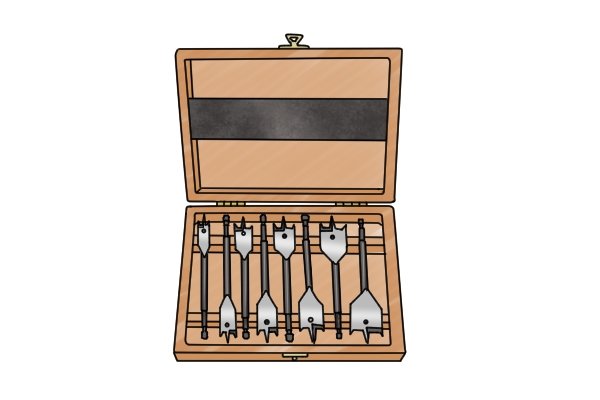 |
StorageIt’s important to store your spade bits in a rack or case so that they can’t touch each other. If they’re stored in a drawer or tin with other bits, their sharp edges can chip. |
|||
 |
Protection from rustAs with most other drill bits, you will need to make sure you store your spade bits in a dry place. This will prevent them from rusting, which would render them almost useless – there’s a chance they could be salvaged by sharpening them, but this is not always the case. |
|||






